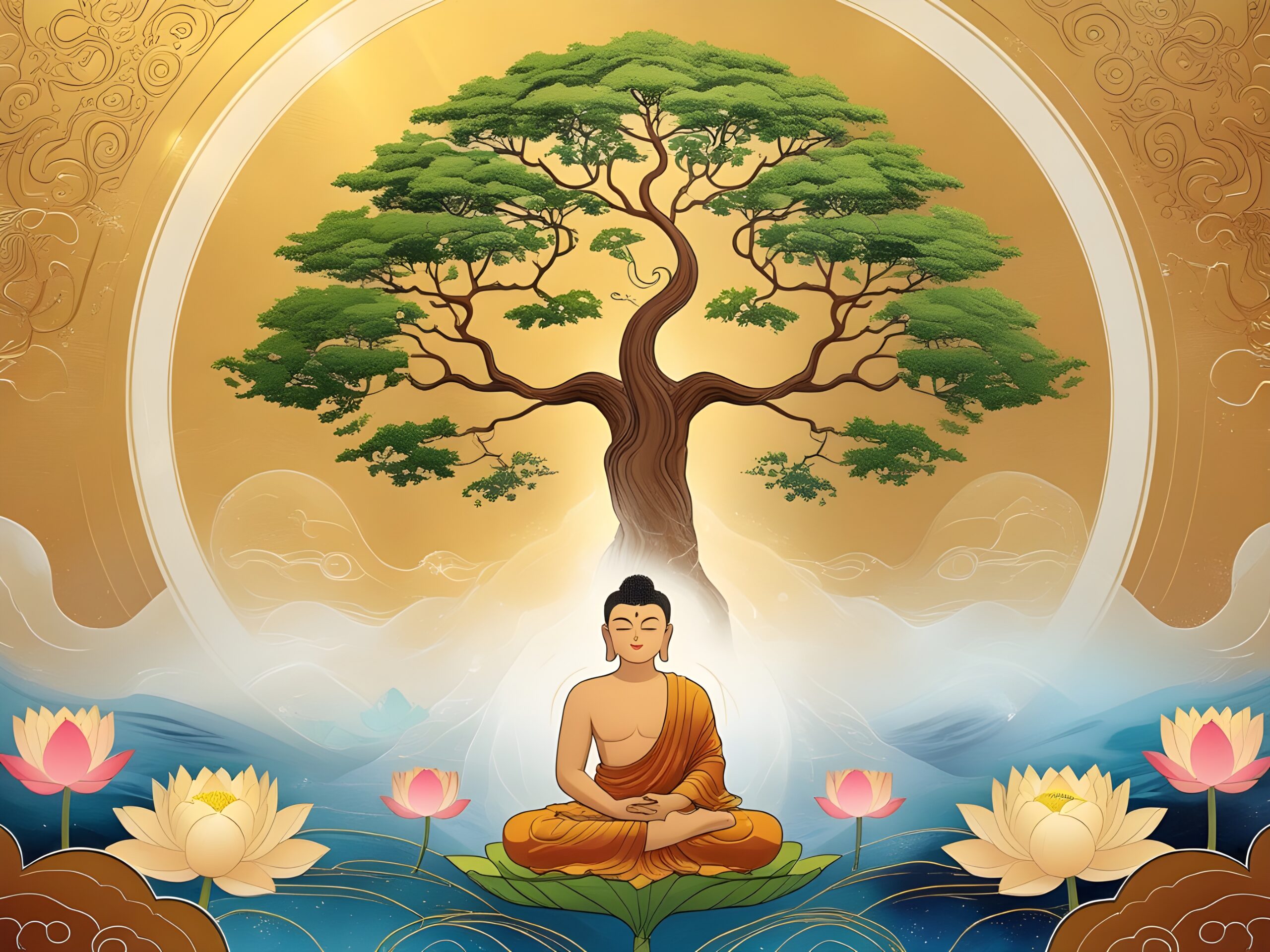
According to the Buddha’s teachings, beings are reborn into one of 31 planes of existence, determined by their accumulated karma. These planes are categorized into 11 Kama Lokas (realms of desire) and 20 Brahma Lokas (realms of form and formless realms). In this discussion, we will focus on the 11 Kama Lokas. The 11 Kama…

The core of Buddhist philosophy encompasses worldly progress, happiness in the afterlife, and ultimately, Nirvana. To achieve worldly progress, both laypersons and monks must understand the world, or the secular nature of existence, and know the truth. The Buddha taught a way to view the world, known as “Kammasakata Samma Ditthi,” which translates to “right…

If our stream of consciousness is defiled, it can be tri-rooted with greed (lobha), hatred (dvesha), and delusion (moha). It can also be dual-rooted, meaning greed and delusion, or hatred and delusion. Greed, hatred, and delusion are the three unwholesome roots. They represent attachment, aversion, and not seeing with wisdom, respectively. Delusion (moha) is an…

The Four Foundations of Mindfulness (Satipatthana) are a primary teaching in Buddhist philosophy. Its fundamental aim is to be mindful. The main purpose is to maintain a pure consciousness stream and develop pure mindfulness. Our minds are incredibly fast; for example, approximately 600 million thoughts arise in a single second. The lifespan of a thought…

We cannot become a refuge for the Dharma; we must take refuge in the Dharma. How do we do this? By realizing the impermanent (anicca), suffering (dukkha), and non-self (anatta) nature of the mind, and by embarking on the path of morality (sila), concentration (samadhi), and wisdom (panna). In this state, a being sees the…

In the society we live in, the ‘nama-rupa’ (mind and mental phenomena associated with form) arise and cease every moment, due to their impermanent nature (anicca). We identify them as suffering (dukkha) because of the distress caused by this arising and ceasing. Furthermore, we recognize them as without a permanent self (anatta) because they do…

According to Buddhist doctrine, beings continuously cycle through samsara (rebirth), based on the wholesome (kusala) and unwholesome (akusala) karma they accumulate. At times, they are born into the four woeful realms (apaya), experiencing only suffering, enduring various forms of torment. At other times, they are born into the human realm, experiencing both suffering and happiness,…

We, beings composed solely of name and form (nama-rupa), are a system of six subtle systems of material phenomena (rupa kalapa), designed to recognize external perceptions arriving through the eye, ear, nose, tongue, body, and mind. Attachment to these perceptions is desire (kama), and aversion to them is hatred (dvesha). The mundane world is continually…

Buddhism is fundamentally centered on the mind. The mind is always either defiled or undefiled. If we categorize minds according to individuals, we can identify mind streams that are: defiled and aware of it, defiled and unaware of it, undefiled and aware of it, and undefiled and unaware of it. If we use the analogy…

Our ordinary minds frequently experience states of attachment and aversion. We often tend to ignore these feelings and allow them to persist. As a result, defilements accumulate within our minds without our awareness. These defilements become deeply ingrained, making them difficult to dissolve. If we overlook the causes of these defilements, they will continue accumulating,…
